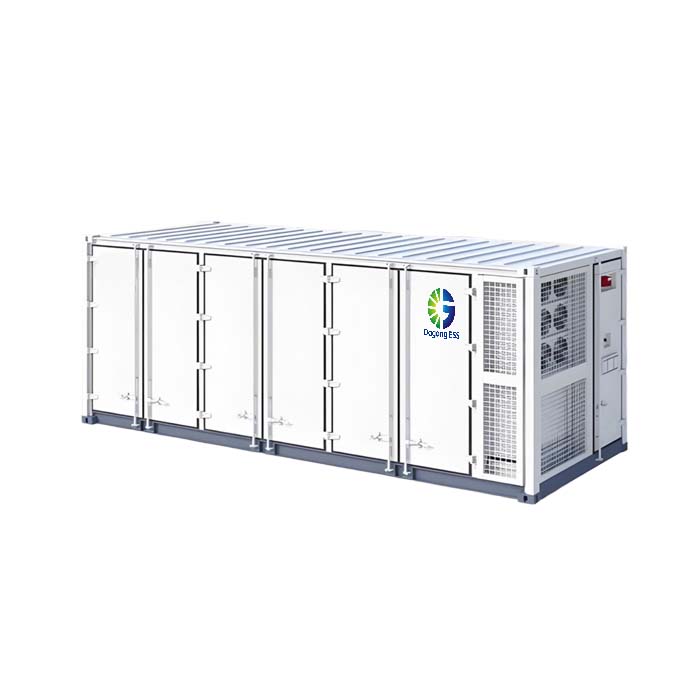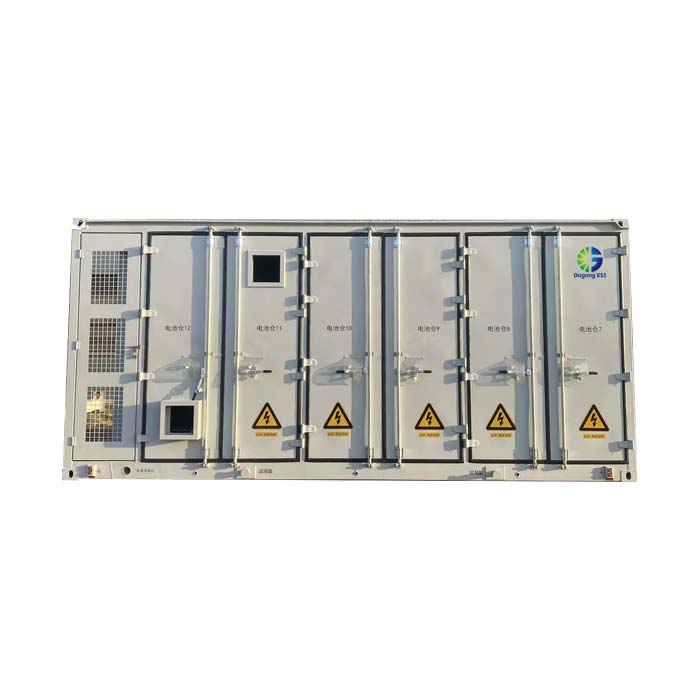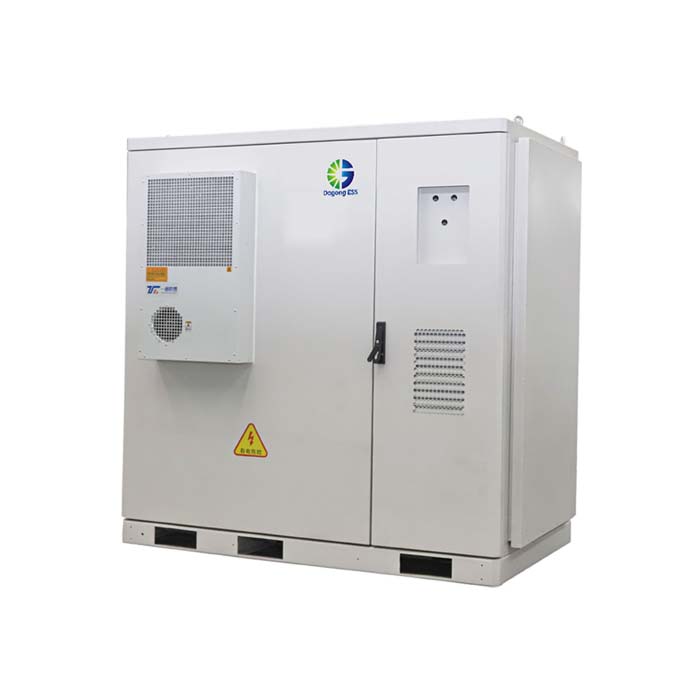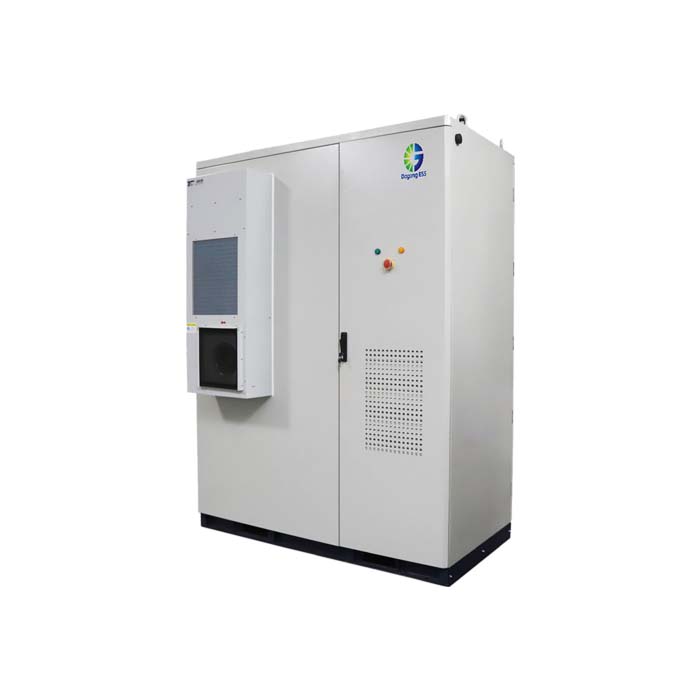The Rise of Solar-Storage-Charging Integration – The Future of Clean Mobility
What is Solar-Storage-Charging Integration?
Solar-Storage-Charging Integration (often abbreviated as SSC or PV + ESS + EV Charging) refers to a unified energy system that combines solar power generation, battery energy storage, and electric vehicle (EV) charging into one intelligent, coordinated network.
An SSC system uses an energy management system (EMS) to balance power flows in real time — storing excess solar energy during the day, providing charging power during peaks, and ensuring smooth grid interaction.
The system typically includes:
PV panels + inverter: convert sunlight into usable electrical power.
Energy storage system (ESS) + PCS: store electricity when solar output is high and release it when needed.
EV chargers (AC / DC): serve as dynamic loads within the system.
EMS / SCADA: manage scheduling, power distribution, and fault monitoring.
The result is a self-sufficient, intelligent charging station capable of peak shaving, cost reduction, and off-grid operation when necessary.
Types of Solar-Storage-Charging Systems
Rooftop / Carport PV + ESS + Charging Integration
Ideal for shopping malls, parking lots, and public charging hubs. The carport PV provides both shading and power generation.Ground-mounted SSC Systems
Used in logistics centers, service areas, and large EV depots — where PV space is abundant and power demand is high.Containerized / Modular SSC Solutions
Integrate PV inverters, ESS batteries, and chargers inside modular containers, suitable for temporary or remote charging sites.Hybrid Renewable + ESS + EV Systems
Combine solar, wind, or even hydrogen to increase system resilience and green power ratio.
Dagong ESS offers modular energy storage products ideal for these configurations — such as the 100–144 kWh Air-Cooled ESS, 215–241 kWh Air- or Liquid-Cooled ESS, and 3.35 MWh / 5 MWh Container ESS — ensuring scalability and reliability.
Key Features and Advantages
Maximized Self-Consumption: On-site PV directly supplies chargers, minimizing feed-in waste.
Peak-Shaving and Grid Stabilization: ESS smooths power fluctuations and reduces grid stress.
Cost Optimization: Lower peak electricity bills through smart scheduling.
High Reliability and Resilience: Continue charging during grid outages.
Modular and Scalable Design: Flexible capacity expansion using modular ESS.
Environmental Benefits: Significant carbon reduction and renewable utilization.
Example:
XCharge North America deployed Oregon's first solar-plus-storage fast-charging site — integrating 215 kWh storage and 40 kW PV for high-power output and grid relief.
Similarly, REC Solar built a 514 kW PV + ESS + EV canopy station in California that combines energy generation, shading, and aesthetic design.
Applications
Highway Service Areas / Charging Hubs
Fleet Charging Depots for Buses and Trucks
Commercial / Residential Parking Lots
Remote or Island Microgrids
Smart Cities and Industrial Parks
In Switzerland, Eaton and AMP IT launched a “Charging-as-a-Service” solution integrating solar, ESS, and EV charging for building owners — a model of the modern green hub concept.
Price of Solar-Storage-Charging Systems
The cost of an integrated SSC system generally ranges from USD 1,200 – 2,500 per kW (depending on PV size, battery capacity, and local installation costs).
For a 500 kW PV + 1 MWh ESS + multiple DC chargers project, total installed costs typically fall between USD 0.9M and 2.0M, varying by site and design.
Prices are expected to decline further from 2025 to 2030 as battery and inverter technologies advance.
How to Select the Right SSC System
Charging Power Demand: Evaluate EV types, number of chargers, and power rating.
PV Capacity & Layout: Based on available area, orientation, and sunlight exposure.
Battery Sizing & C-Rate: Match energy demand peaks and backup needs.
PCS / Inverter / Charger Compatibility: Ensure efficient bi-directional control.
EMS Intelligence: Look for smart forecasting, load prediction, and V2G/VPP functions.
Safety and Certification: Verify cooling method, protection level, and international compliance.
Modularity and Scalability: Choose modular ESS for future expansion.
Local Policies & Incentives: Factor in subsidies and grid connection requirements.
How Long Does an SSC System Last?
PV Panels: 25 years +
ESS Battery (LFP/NMC): 6,000+ cycles / 10 years + lifespan
Inverters & EMS: 10 – 15 years
With modular design and preventive maintenance, SSC systems can operate reliably for over 10 years.
Dagong ESS systems, such as the 215 kWh Liquid-Cooled and 5 MWh Container ESS, feature 8,000+ cycles and 15+ years of service life, making them ideal storage cores for SSC stations.
The Supplier of Solar-Storage-Charging Solutions
An ideal supplier should provide:
Complete product range (ESS, PCS, inverters, chargers, EMS)
Modular, customizable design
Strong integration & EPC capability
Certified quality (CE, UL, IEC, ISO)
After-sales & remote monitoring support
Proven project references
Dagong ESS delivers modular storage systems from 100 kWh to 5 MWh, adaptable to both small-scale EV charging sites and large highway hubs.
If you are interested in solar-storage-charging integrated solutions, please contact Dagong ESS.
Email: sales@dagongess.com








